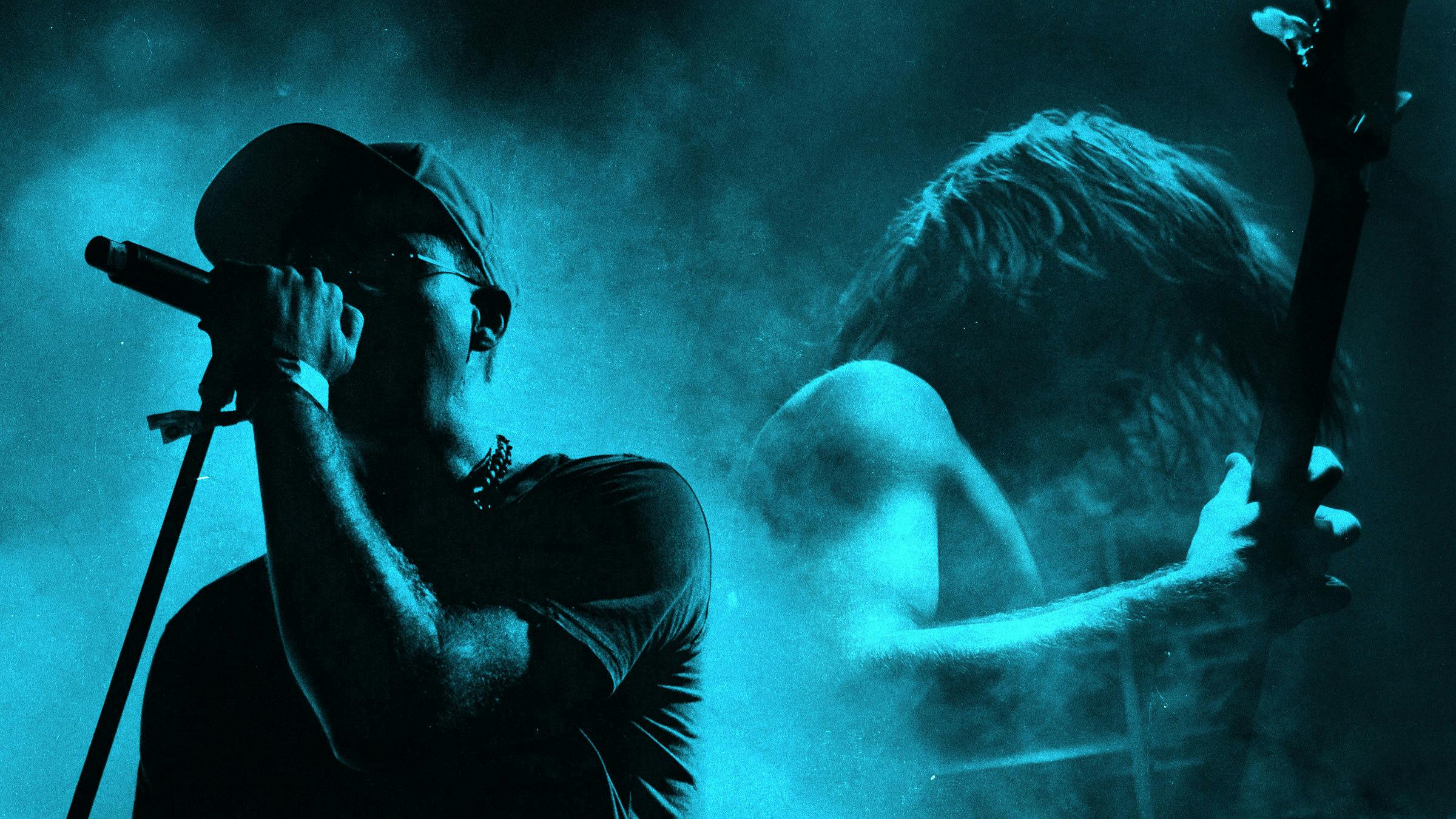One thing hip-hop heads and metalheads have in common is a fierce defensive reflex when it comes to musical culture. When a perceived outsider attempts to rep their mode of dress, adopt their vernacular, or otherwise appropriate from their scene, the instinct to lash out and snatch it back overwhelms. Such protectiveness plays an important role in both genres’ endurance through the years and their continued survival as the digital age offers myriad opportunities for gaffes and outrage.
Still, the sad byproduct of these prickly traditions comes via an artificial desire by some in the respective camps of extreme music and rap to keep things separated, with race issues certainly playing a complicated part in that divisive mindset. This tends to obscure one crucial fact, that both scenes have had decades worth of fruitful collaboration with one another, from studio-based producers and home-taught musicians to lyrical spitters and profound screamers.
Sampling holds a crucial place in hip-hop’s origin story, one that starts in the 1970s with uniting territorial New York City gangs through the social means of parties helmed by the legendary likes of DJ Kool Herc. Among his contributions, he’s credited with looping of the hardest varieties of then-contemporary funk and rock for the purposes of these gatherings, giving the people something to dance to that they may or may not have been able to trainspot. Given this, the subsequent creation of new music from existing vinyl records made the melding of metal with the emerging emcee-featured sound of rap seems almost an inevitability in hindsight. This is how you end up with Hitman Howie T sampling Bad Brains and others on Chubb Rock’s debut album, with Tony G copping a Santana classic for Mellow Man Ace’s Mentirosa, and 2 Live Crew snatching Van Halen riffage for The Fuck Shop, among countless other examples.
